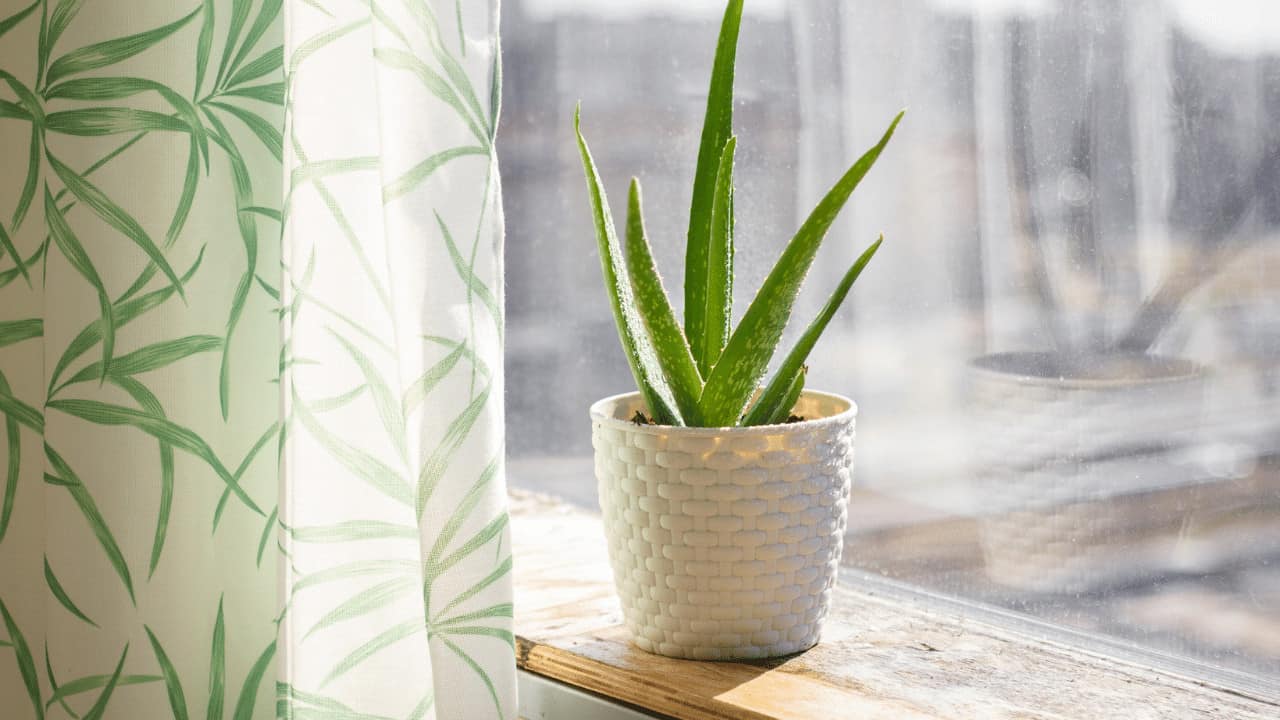When it comes to aloe plants, the secret to their health and vitality lies in the foundation they grow in—the potting mix. Understanding the specific requirements of aloe plants and choosing the right potting mix is crucial for their well-being. In this comprehensive guide, we delve into the world of aloe plant potting mix, exploring its composition, benefits, and how to create your own homemade blend or select the best commercial mix for your aloe companion.
Aloe plants, known for their succulent leaves and medicinal properties, thrive in well-draining soil that mimics their natural habitat. The ideal potting mix should be loose, airy, and fast-draining to prevent root rot and promote healthy root development. Organic matter, such as compost or peat moss, improves soil structure, fertility, and water retention.
Understanding Aloe Plant Potting Mix

Aloe plants have specific requirements for their potting mix to thrive and remain healthy. The ideal potting mix for aloe plants should be well-draining, have a loose texture, and be rich in organic matter.
Composition, Aloe plant potting mix
- Well-draining: Aloe plants are susceptible to root rot if their roots sit in waterlogged soil. A well-draining potting mix allows excess water to drain away quickly, preventing root rot.
- Loose texture: A loose texture allows for good aeration, which is essential for healthy root growth.
- Organic matter: Organic matter, such as compost or peat moss, improves soil structure, adds nutrients, and helps retain moisture.
Benefits of Organic Matter
- Improved soil structure: Organic matter helps to create a loose and well-aerated soil structure, which is ideal for aloe plants.
- Increased fertility: Organic matter adds nutrients to the soil, which helps to fertilize the aloe plant and promote healthy growth.
- Moisture retention: Organic matter helps to retain moisture in the soil, which is important for aloe plants, as they prefer slightly moist soil.
DIY Aloe Plant Potting Mix Recipes

Creating your own aloe plant potting mix allows you to tailor the soil specifically to the needs of your plant. Here are a few recipes using different ingredients:
Perlite, Pumice, and Coco Coir Mix
This mix combines the drainage benefits of perlite and pumice with the water retention of coco coir.
Ingredients:
– 1 part perlite
– 1 part pumice
– 1 part coco coir
Instructions:
1. Combine all ingredients in a large container.
2. Mix thoroughly until well blended.
3. Use immediately or store in an airtight container for later use.
Advantages:
– Excellent drainage, preventing root rot.
– Coco coir retains moisture, reducing the need for frequent watering.
– Lightweight and airy, promoting root growth.
Disadvantages:
– May need to be amended with organic matter over time to replenish nutrients.
– Can be messy to work with.
Choosing and Using Commercial Aloe Plant Potting Mix

When selecting a commercial aloe plant potting mix, consider the brand’s reputation, the ingredients used, and the price. Look for mixes that are specifically designed for succulents or cacti, as these will have the right drainage and aeration properties. The mix should also contain organic matter, such as peat moss or compost, to provide nutrients for the plant. Avoid mixes that contain heavy clay or sand, as these can compact and prevent water from draining properly.
It is important to read the product label carefully to ensure that the mix meets the specific needs of aloe plants. The label should provide information on the pH level, drainage properties, and nutrient content of the mix. If the mix does not meet the needs of your aloe plant, you can amend it with additional ingredients, such as perlite or vermiculite, to improve drainage or add nutrients.
When using commercial potting mix, be sure to follow the manufacturer’s instructions carefully. Do not over-water your aloe plant, as this can lead to root rot. Water the plant deeply, but allow the soil to dry out completely before watering again. Fertilize the plant monthly during the growing season with a balanced fertilizer diluted to half strength.